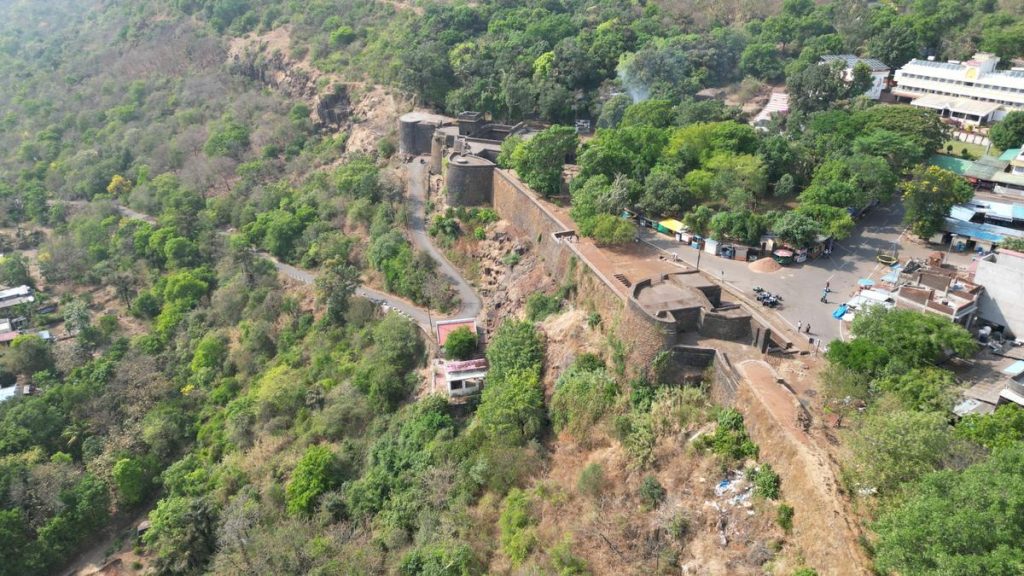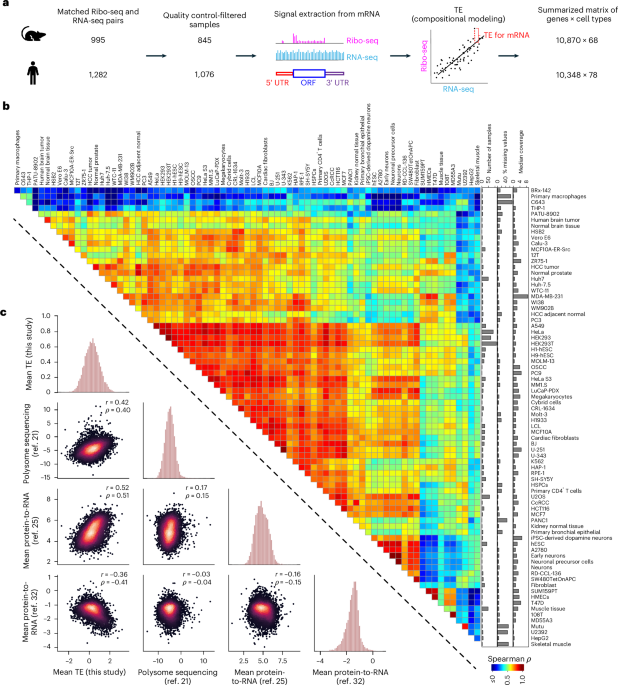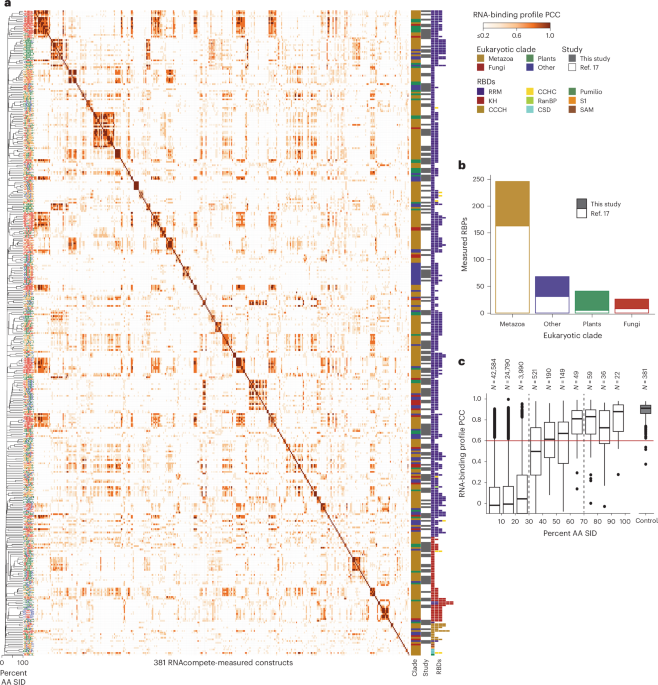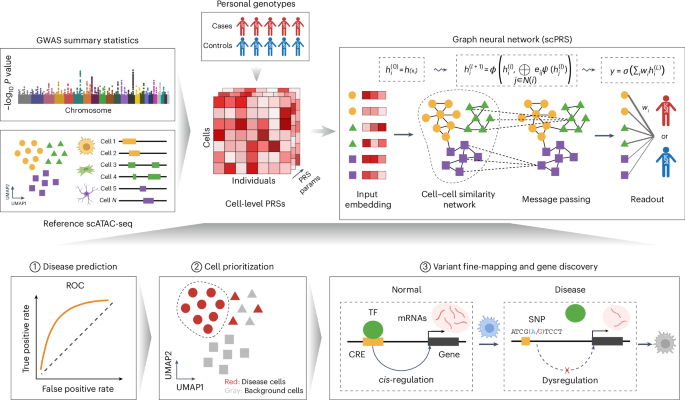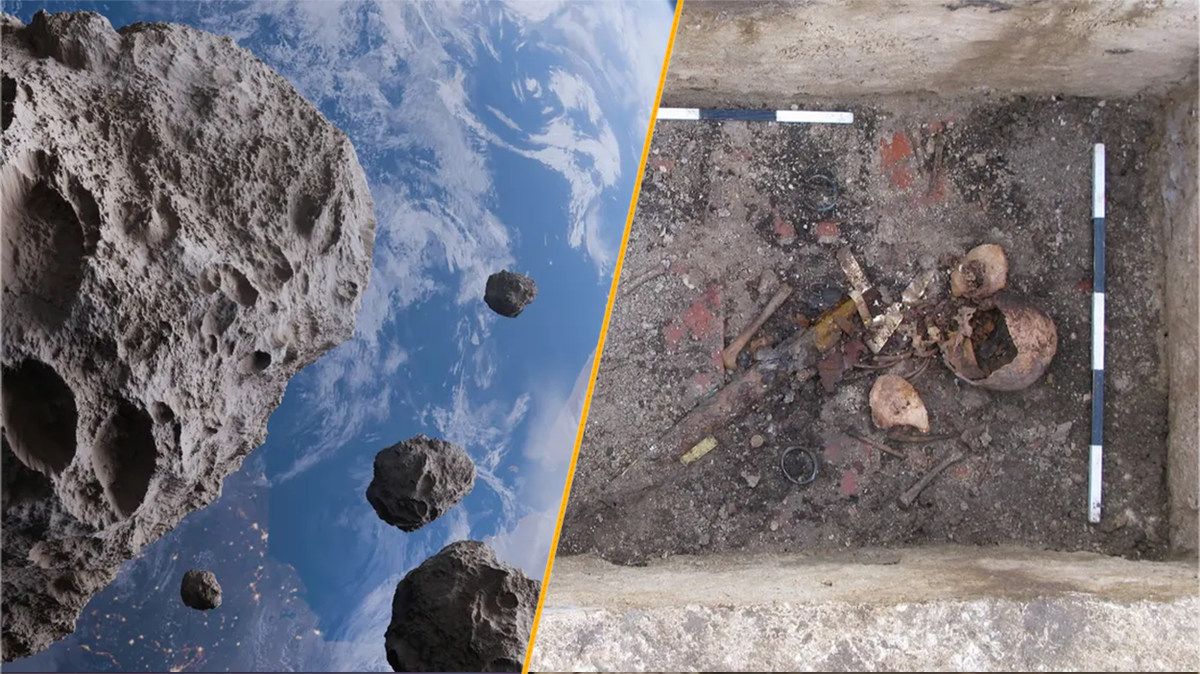Now Reading: James Webb Telescope Reveals Largest Map of the Universe, Tracing 13 Billion Years
-
01
James Webb Telescope Reveals Largest Map of the Universe, Tracing 13 Billion Years
James Webb Telescope Reveals Largest Map of the Universe, Tracing 13 Billion Years
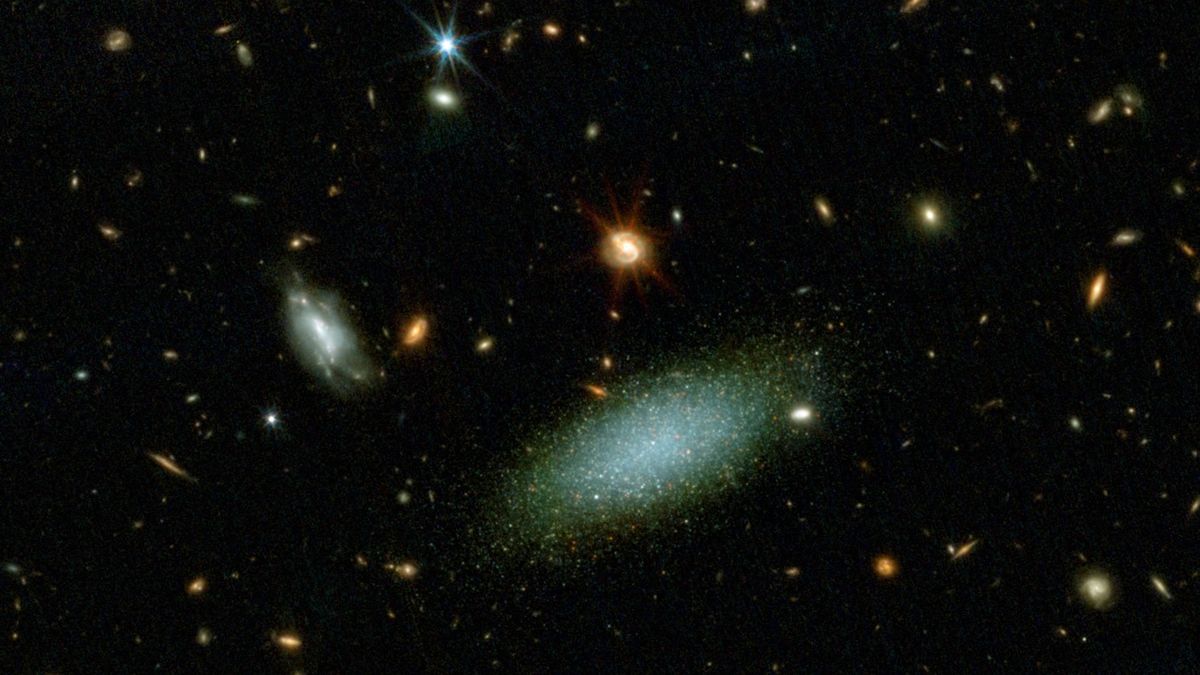
Rapid Summary:
- Scientists unveiled the largest map of the universe created by the Cosmic Evolution Survey collaboration using data from the James Webb Space Telescope (JWST).
- The map spans across a tiny 0.54-degree-squared arc of the sky, capturing almost 800,000 galaxies, some dating back to nearly 13 billion years.
- JWST spent 255 hours observing the COSMOS field – a region with minimal interference from stars and gas clouds – for optimal deep space imaging.
- The telescope’s infrared capabilities allow observation of stretched-out signals from early cosmic history as far as 13.5 billion years ago.
- Unexpected findings include ten times more distant galaxies than previously anticipated and supermassive black holes invisible to Hubble Telescope.
- Two years were spent processing raw JWST data into an accessible interactive cosmic map for public exploration.
Indian Opinion Analysis:
The unveiling of such a extensive cosmic map by JWST signifies a leap in humanity’s understanding of global formation and evolution. For India’s robust scientific community in astrophysics and space research,tools like these establish benchmarks while also inspiring collaborations or independent advancements in observational technology. Already investing heavily in its own telescopes and space missions, India could look towards expanding international cooperation with projects such as COSMOS for capacity building in both knowledge creation and technological expertise. Additionally, providing enhanced accessibility to complex scientific outputs aligns with India’s ongoing efforts at democratizing science education through initiatives targeted at youth researchers.




